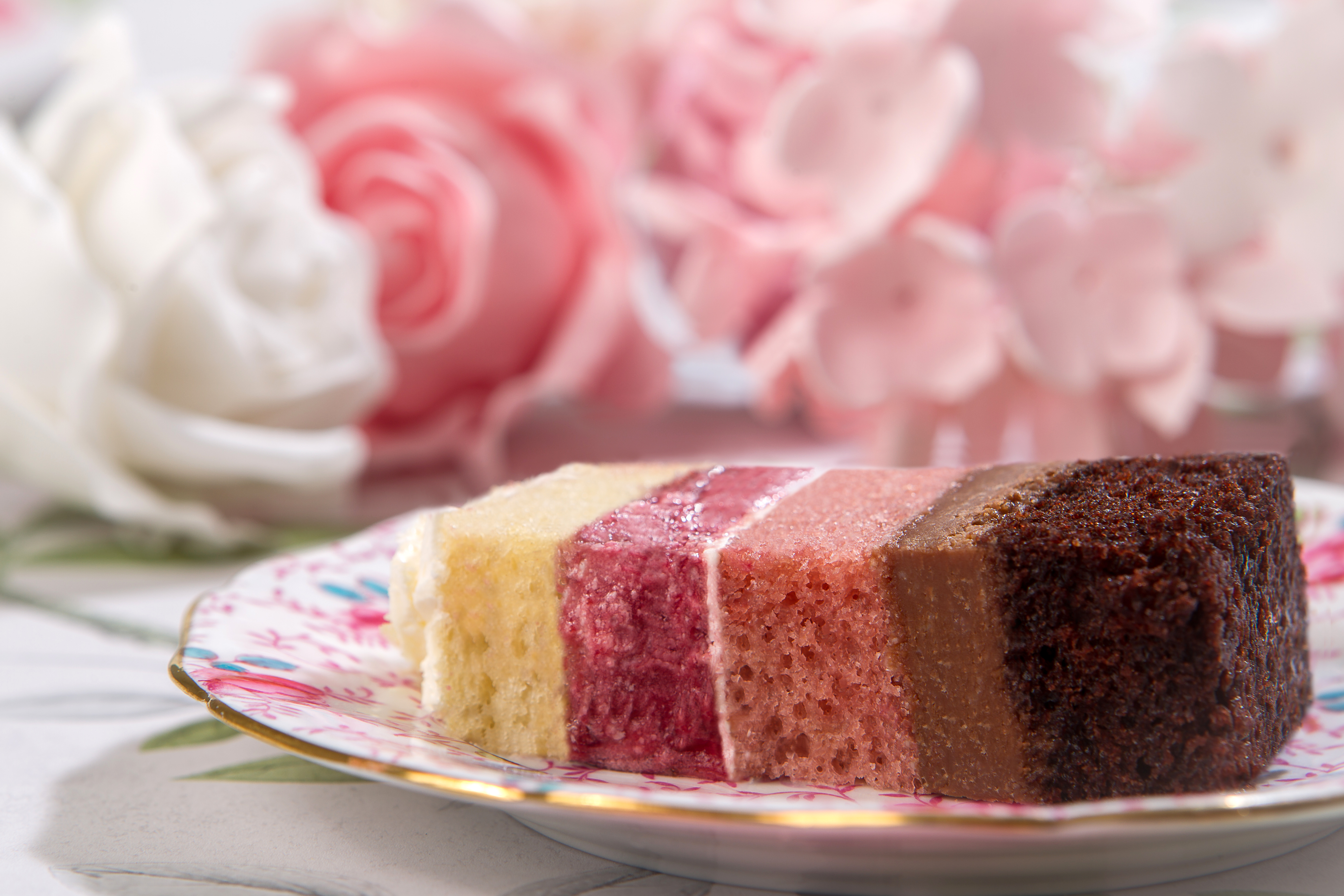We are now on week 5 of lockdown in the UK. There has been lots of baking activity going on in many households. Baking is a way of bonding, sharing an activity and at the end of it, if you follow directions correctly and all goes well, you may be rewarded with a delicious bake.
However, in recent weeks I’ve had a few calls from a number of people about baking disasters, so I’ve decided to share some of my favourite recipes and a few tips with you from my book Opulencia – Artisan Baking and Sugarcraft
Good luck and do let me know how it goes by emailing me at info@elizabethscakeemporium.com
GETTING STARTED
The foundation for any cake design is a tried and tested cake recipe, paired with delicious fillings that not only taste amazing, but also hold up to the rigours of decoration and stacking. Having experienced many a baking disaster in my time; through trial and error, I discovered some of the secrets to good, consistent bakes.
BAKING HARDWARE
- Baking tins of the right material, shape and depth
- Free standing electric mixer
- Wooden spoon
- Large metal folding spoon
- Assorted bowls, including several large mixing bowls
- Weighing scales
- Measuring jugs
- Greaseproof paper or baking parchment
- Cooling rack
- Scissors
- Oven gloves
- Some twine
Select your chosen recipe and read through it at least three times, visualising all the ingredients and the method in each step. At this point, turn your oven on to the stated temperature, making sure that your oven has been properly calibrated and the temperature readings are accurate.
Next, assemble all the ingredients, checking to make sure everything is laid out. It is extremely important that the eggs, butter and milk specifically are at room temperature, to aid mixing and prevent curdling.

Victoria Sponge
Named in honour of Queen Victoria, this quintessentially English cake is based on a recipe that has worked for generations. The secret to the success of this recipe is to first source the freshest ingredients, and then equate the weight of sugar, fat and flour to the weight of the eggs, ensuring all the ingredients are at room temperature.
Ingredients
This recipe will be enough to fill a 20cm or 8 inch cake tin.
- 5 large eggs — weighed without their shells
- Butter — same weight as the eggs
- Caster sugar — same weight as the eggs
- Extra fine sponge flour or cake flour (sifted) — same weight as the eggs
- 1 teaspoon baking powder
- 3 tablespoons milk
- The seeds of 1 vanilla pod or 2 teaspoons of vanilla bean paste
Method
Assemble all the ingredients, making sure the eggs, milk and butter are at room temperature.
Pre heat your oven to 170C (Gas mark 3) on a conventional oven or 160C on a fan assisted oven. Line your cake tin with greaseproof paper and set aside.
Place all the ingredients in the electric mixer bowl and mix on medium speed until combined. Be careful not to over mix. The consistency of the batter should be such that it falls off the spoon readily, i.e. a soft dropping consistency.
Spoon the mixture into the baking tin, level and place on the middle shelf in the oven. Check after an hour. The cake is ready if a skewer inserted into the centre of the cake comes out clean and if the cake springs back when pressed lightly in the middle.
Cover the cake with a clean kitchen towel and leave to cool in the tin. Once completely cooled, wrap the cake in cling film and store in a cool dry place to let the crumbs settle.
Serve the cake with jam and buttercream or if you are feeling extravagant, whipped cream, jam and fresh strawberries.

